Speeding Up Cardiac Arrest Response with Defibrillator Drones
Recent research has unveiled a significant advancement in emergency medical response: drones equipped with automated external defibrillators (AEDs) are reaching cardiac arrest scenes faster than traditional ambulances. This breakthrough has substantial implications, especially for senior living facilities where the presence of AEDs is not always guaranteed.

The Impact on Senior Care
The urgency for quick defibrillation is critical among older adults, who are at a higher risk of heart attacks and cardiac arrests. About 75% of adults aged 65 or older have some form of heart disease, with a significant percentage residing in assisted living facilities. The use of AED-drones could be a game-changer in these settings, providing rapid response in crucial moments.

Study Insights and Implications
A Swedish-led study tested 55 drones over 11 months, responding to AED emergencies. In instances of actual cardiac arrest, drones delivered AEDs six times before ambulance arrival. This finding suggests that AED-drones could be an essential supplement to ambulance services, especially considering the increasing response times of traditional ambulances.

“There is an urgent need for novel initiatives to shorten the time to defibrillation as well as to reach out-of-hospital cardiac arrests,” the study authors wrote. “AED-drones might be an important complement to ambulances, given that in several recent studies, ambulance response times have been shown to be increasing.”

Broader Implications and Future Trends
The success of these drones indicates potential regulatory changes and necessitates updates in long-term care procedures. Similar to mobile stroke units gaining traction nationwide, AED-drones represent a shift towards more agile and tech-driven emergency responses, potentially saving more lives.
Published in the December issue of The Lancet Digital Health, this research marks a significant step forward in combining technology with healthcare to provide swift and effective emergency aid.
Photos and graphs courtesy of The Lancet Digital Health.


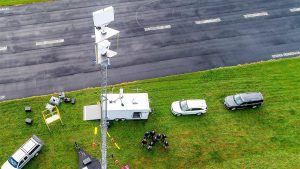


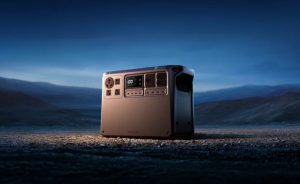
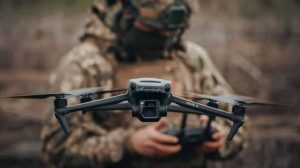

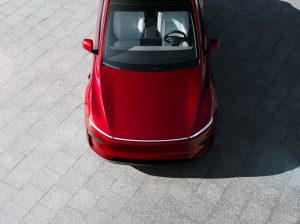



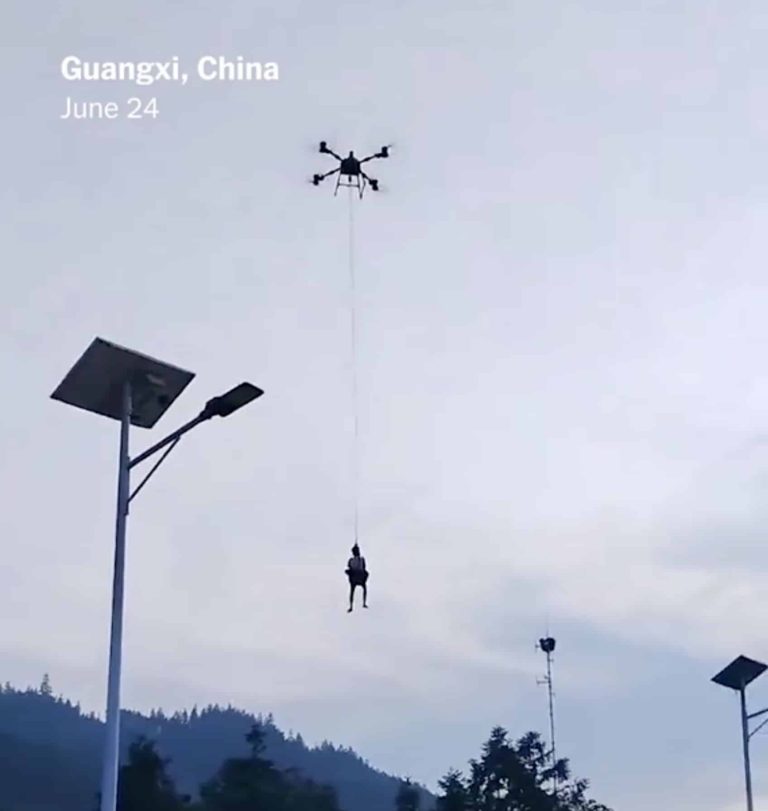

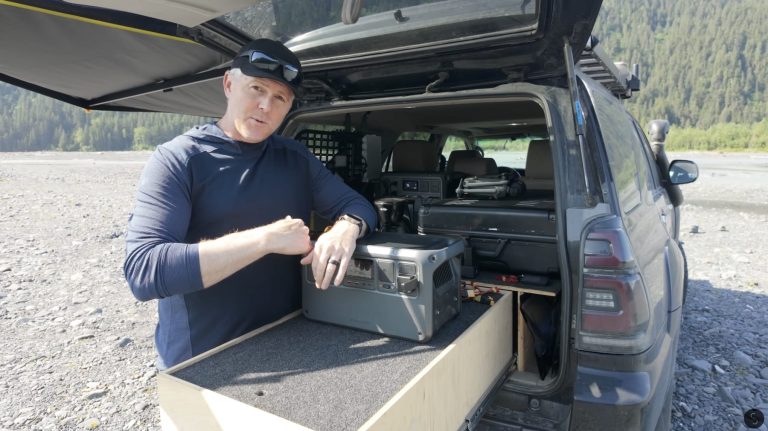
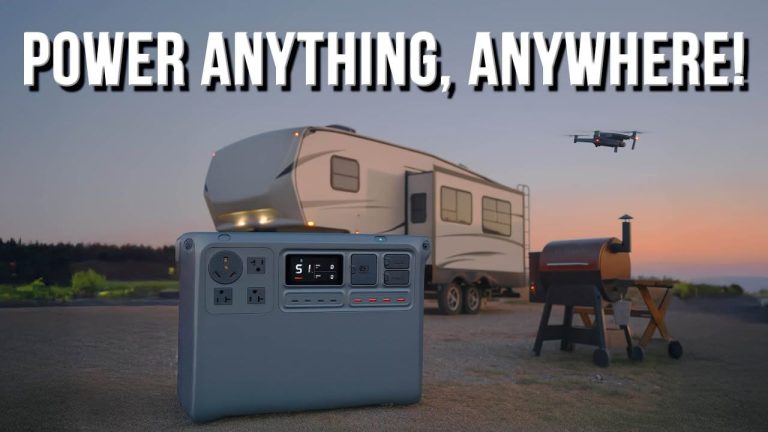
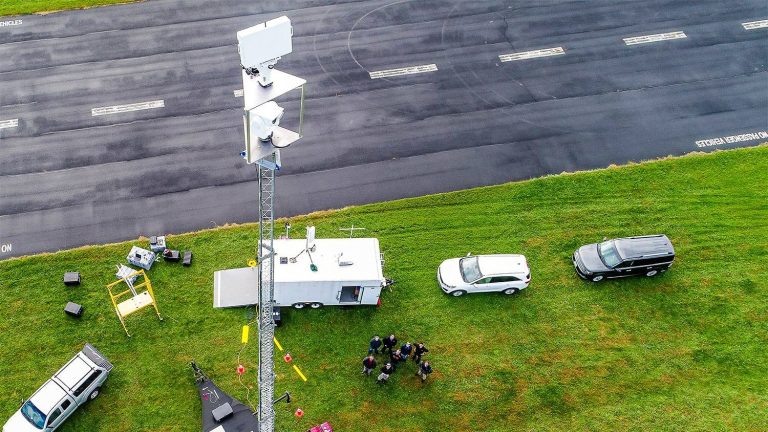

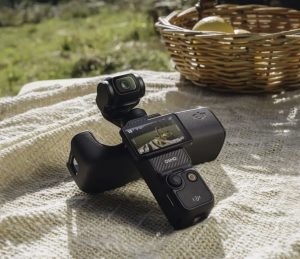

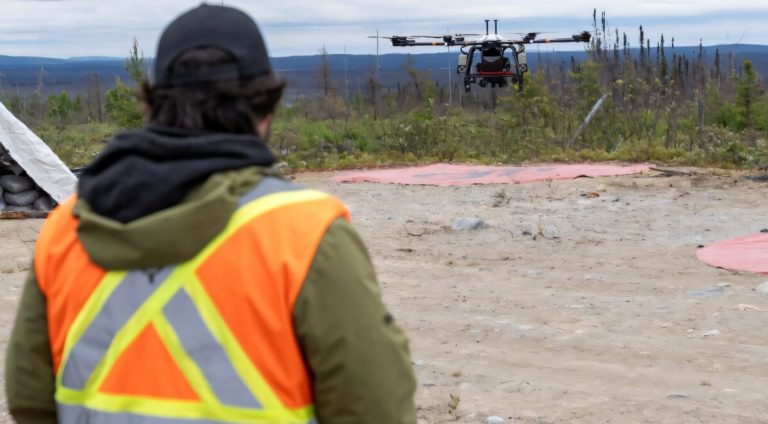

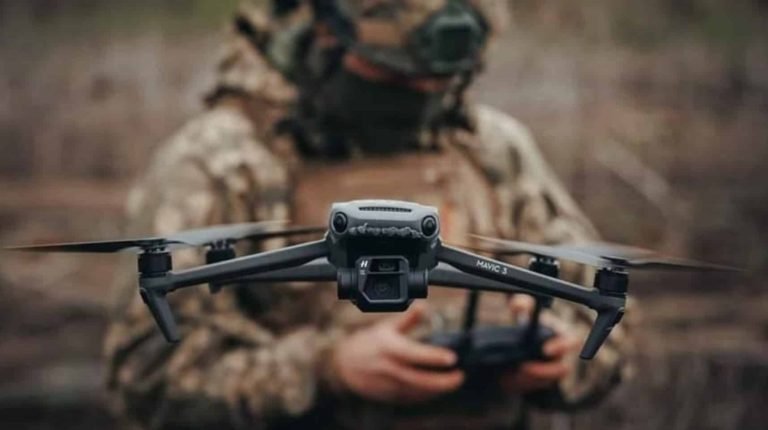

+ There are no comments
Add yours